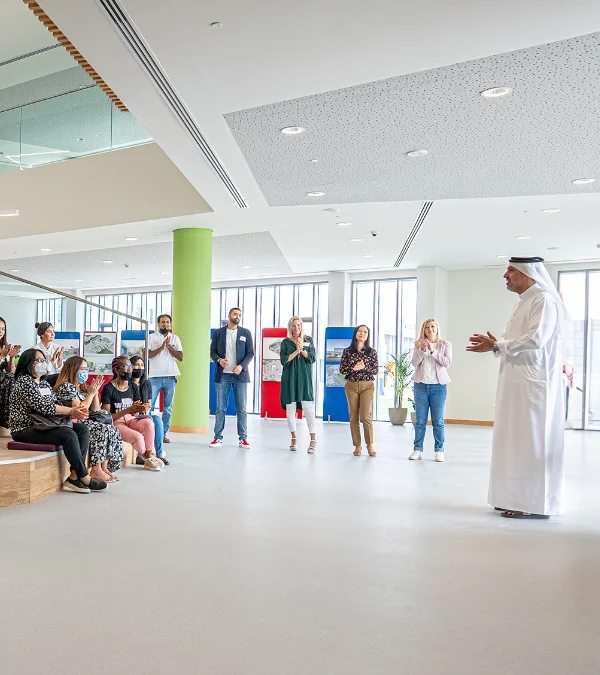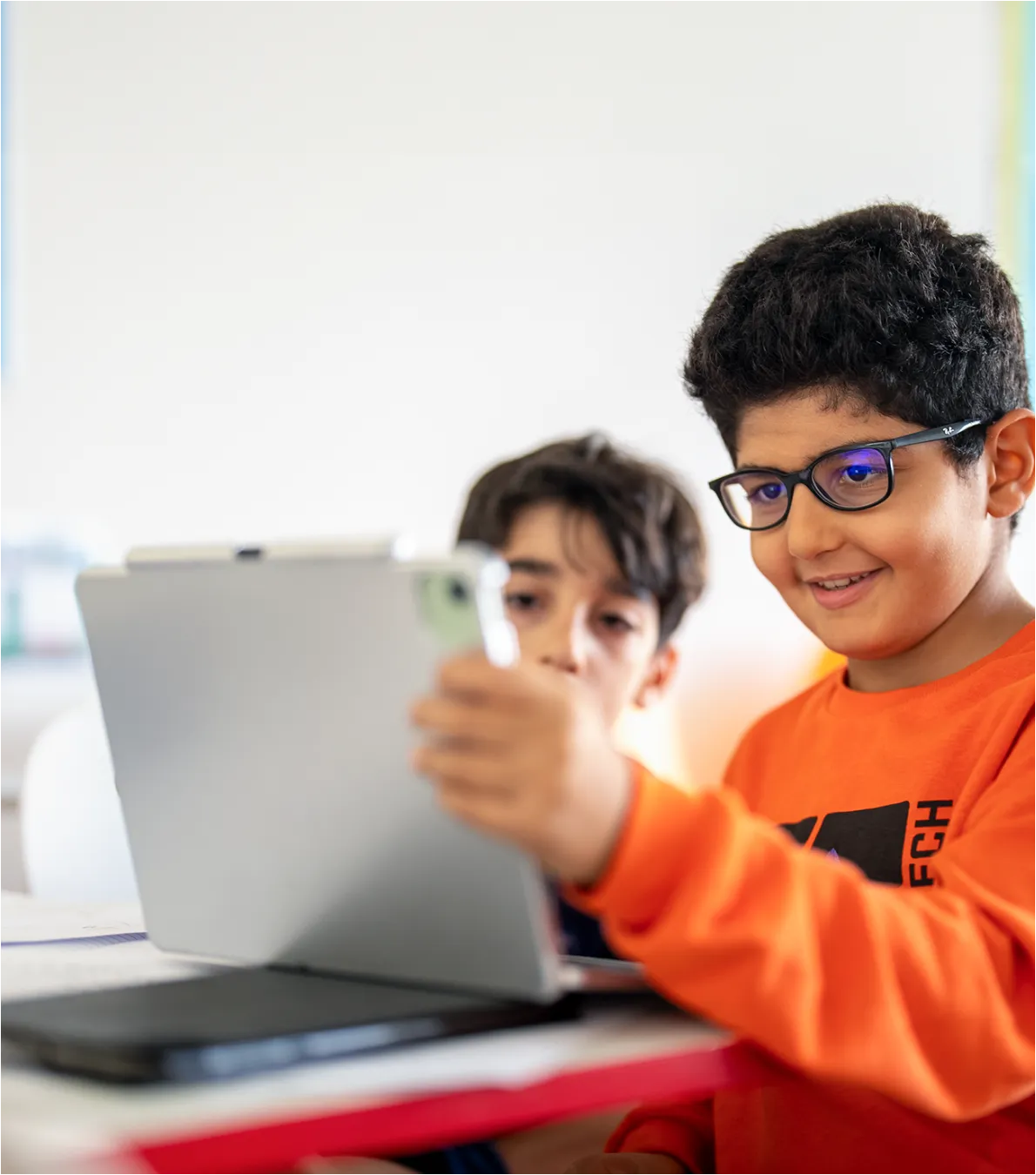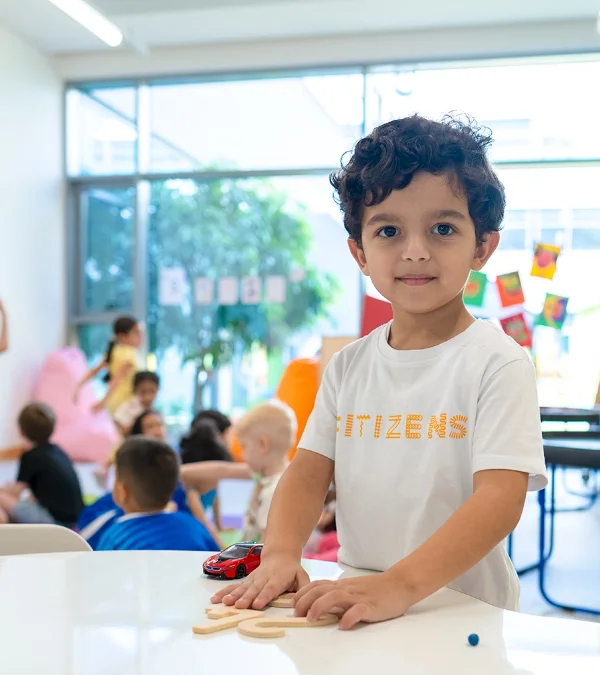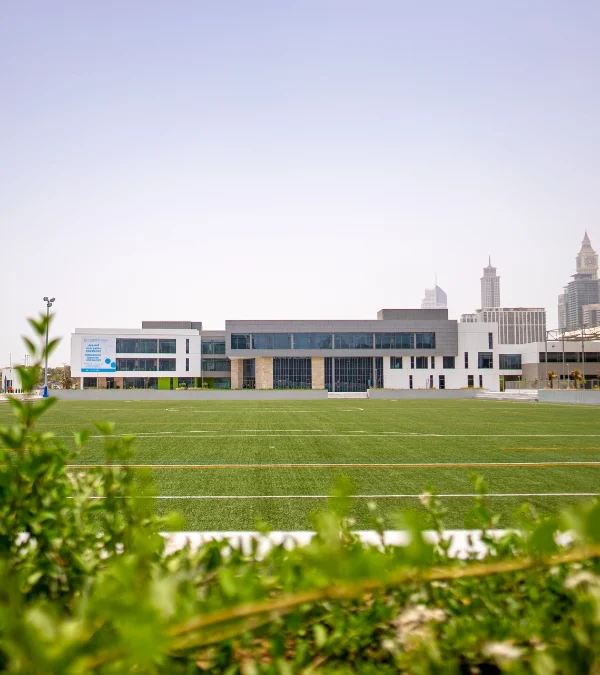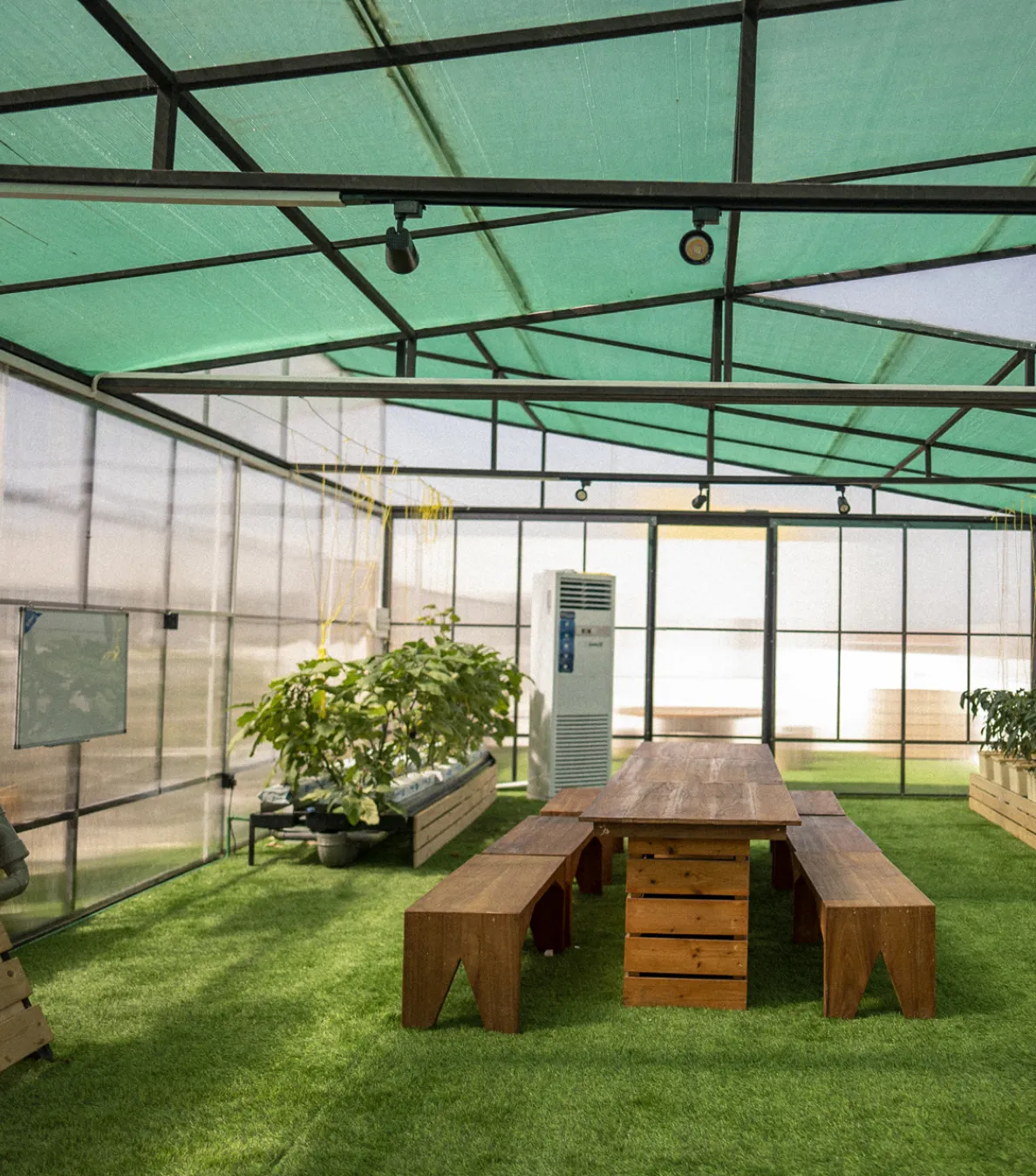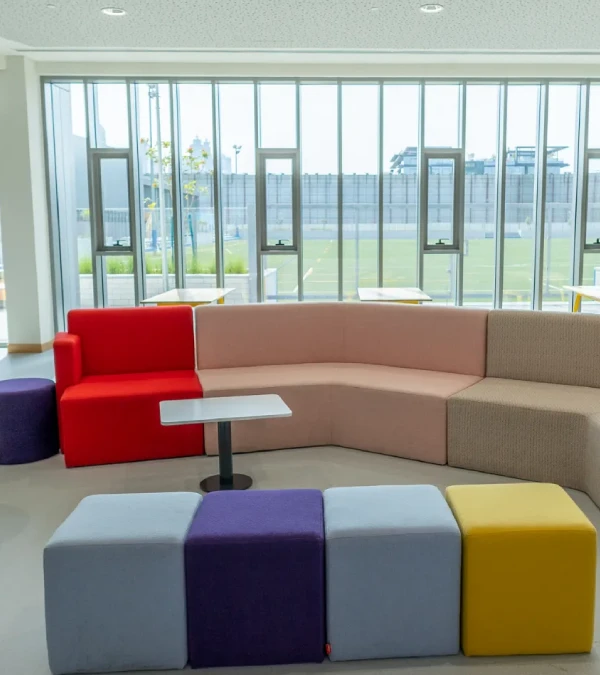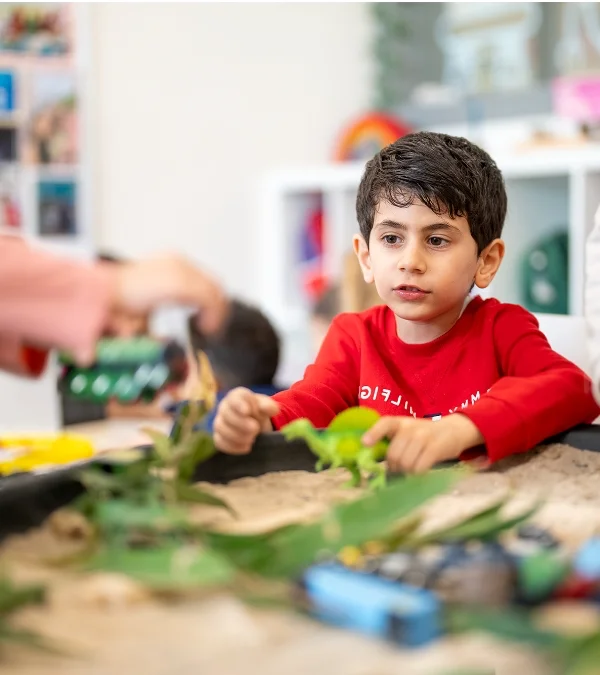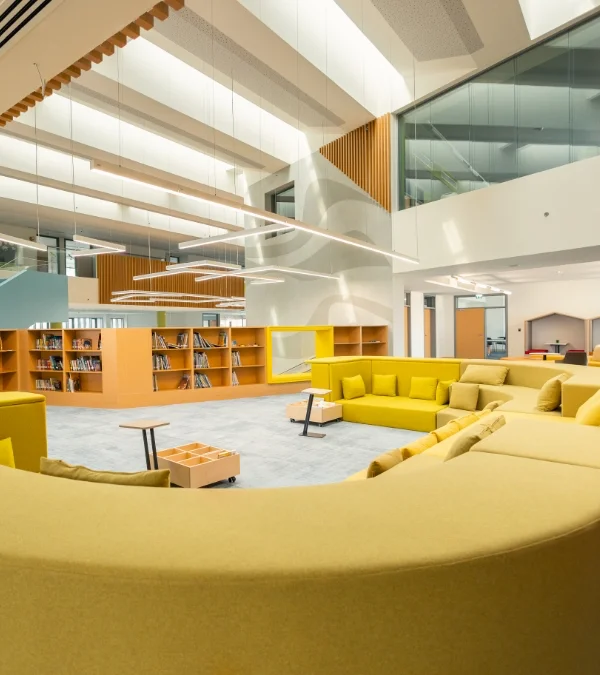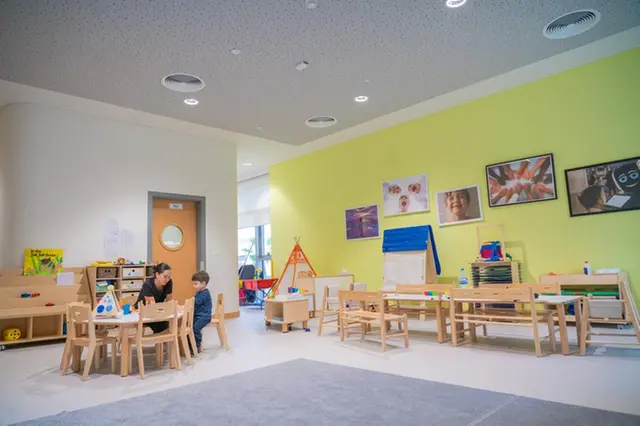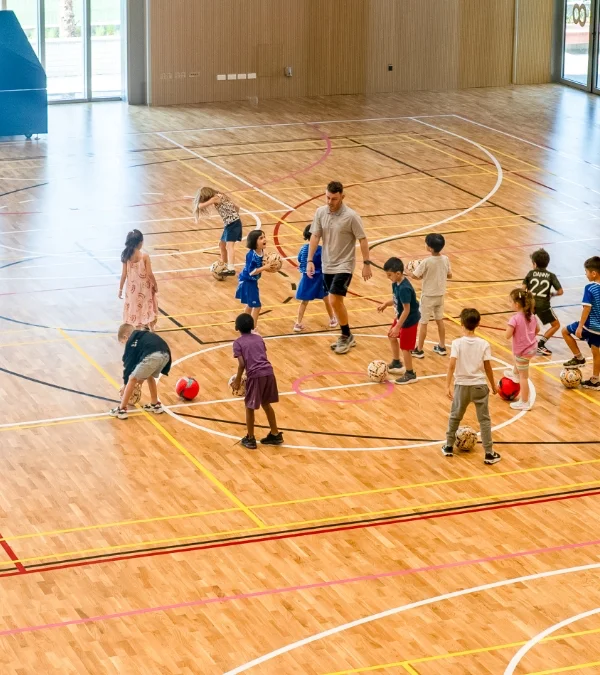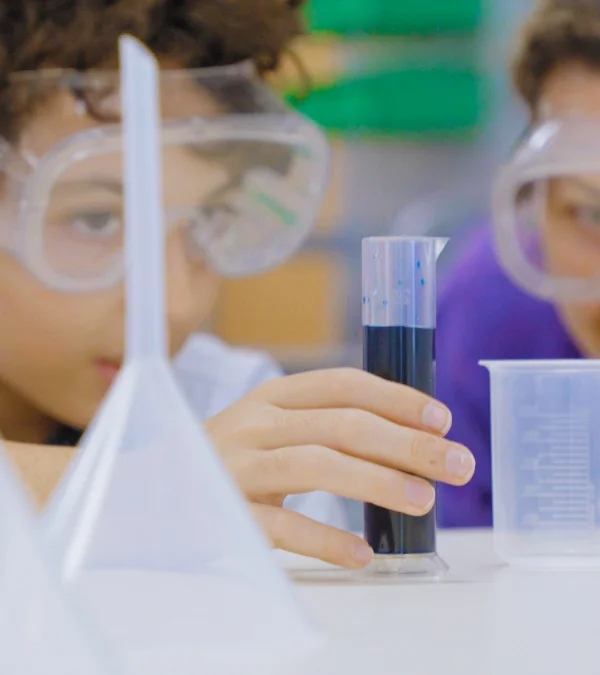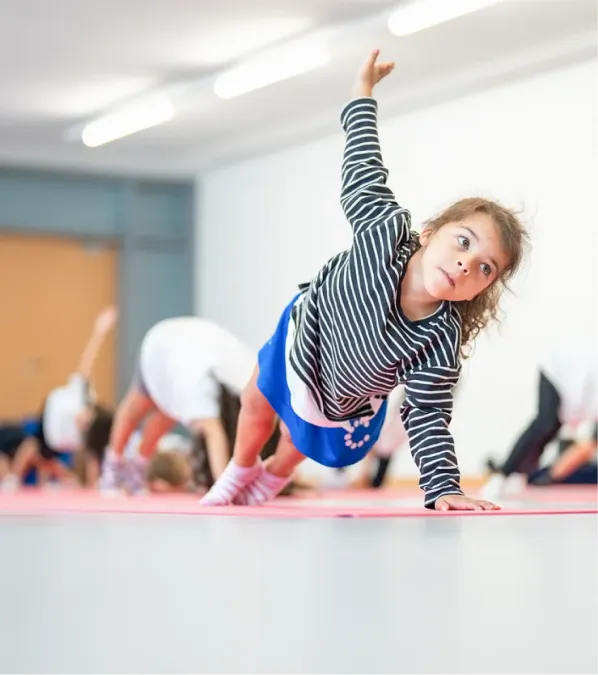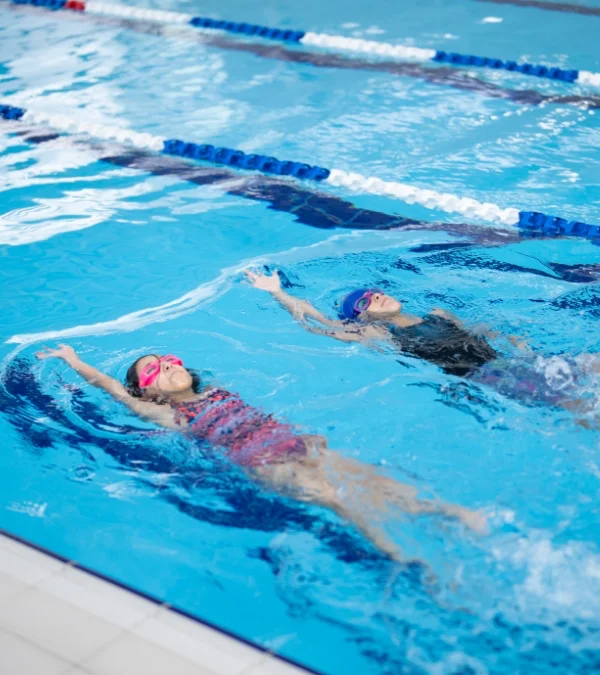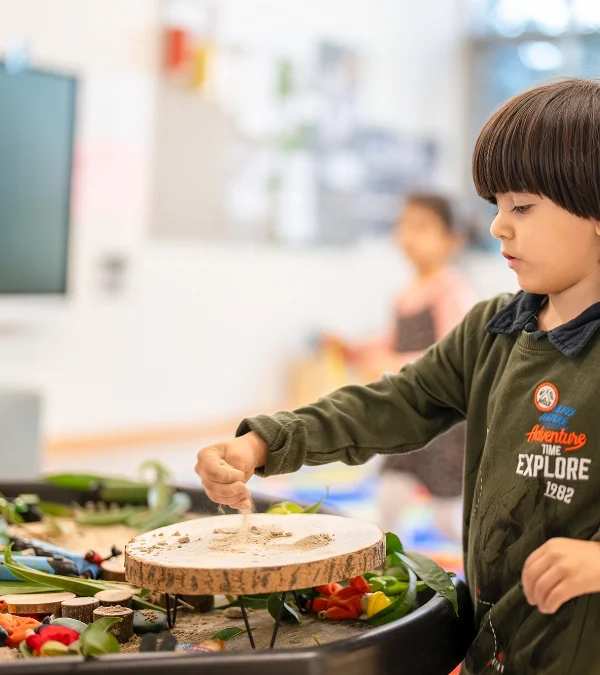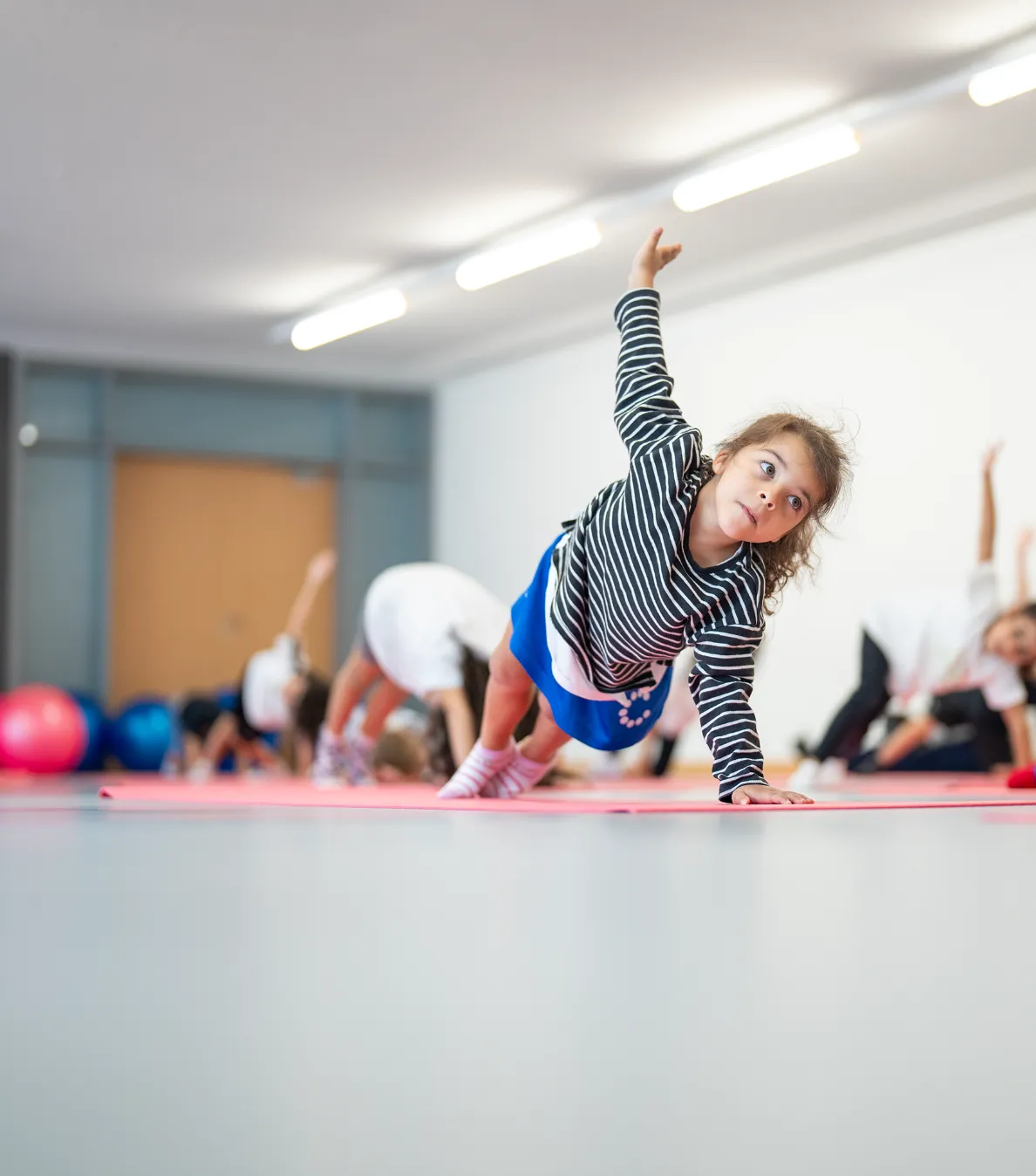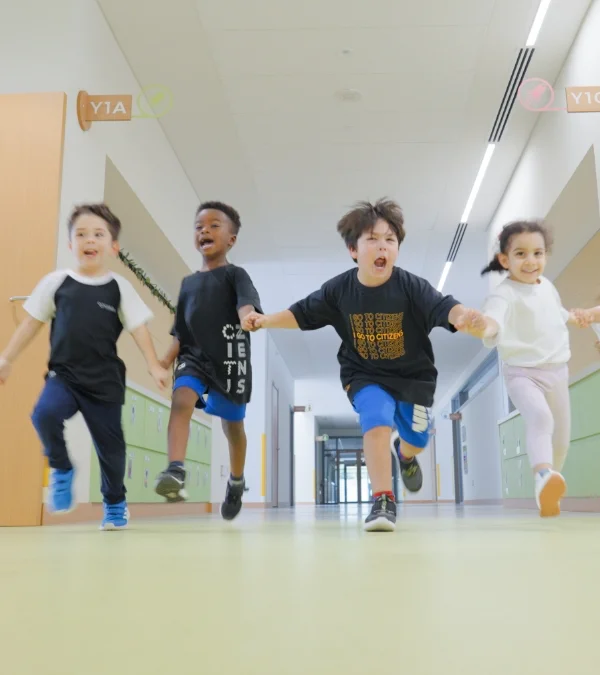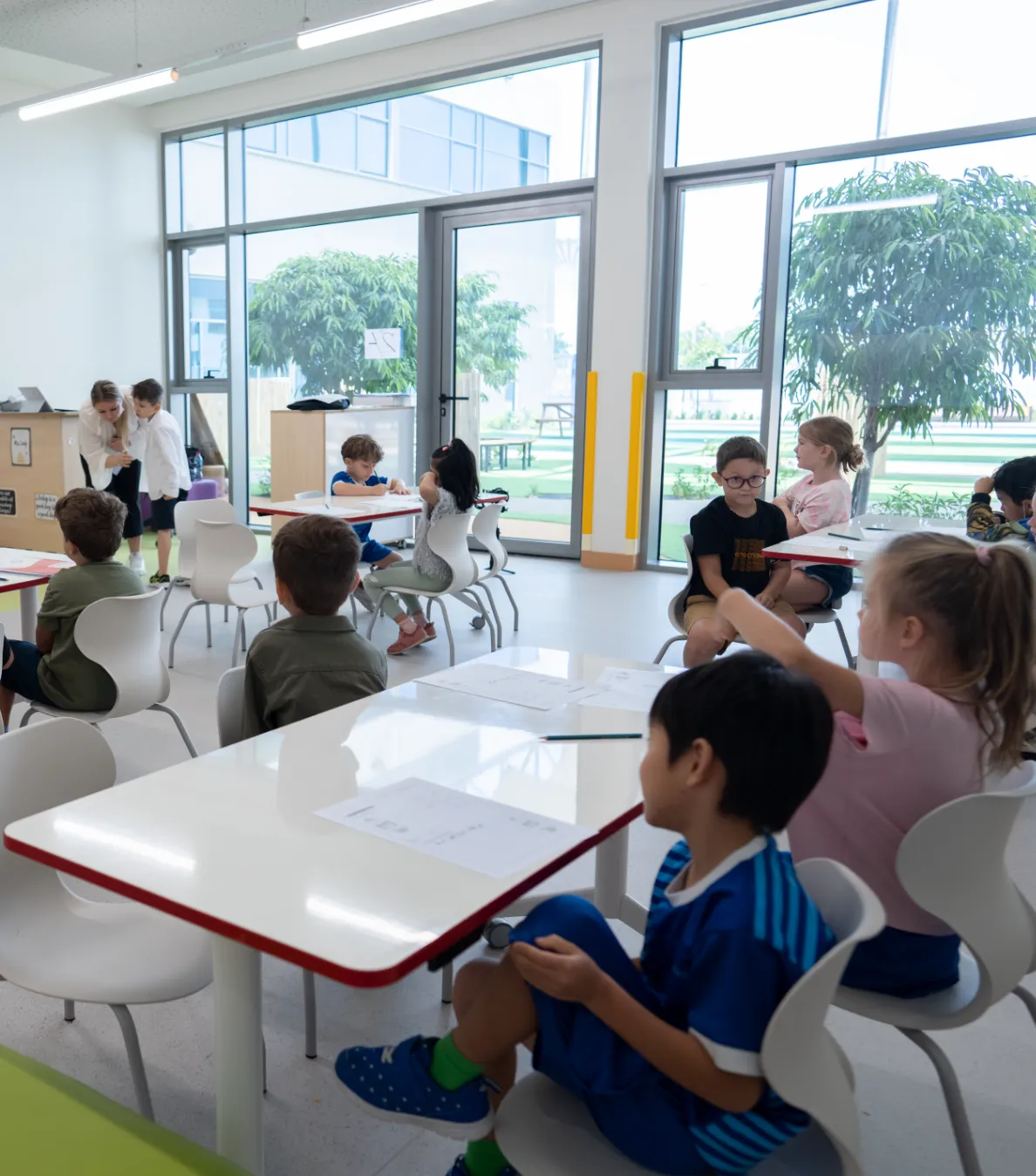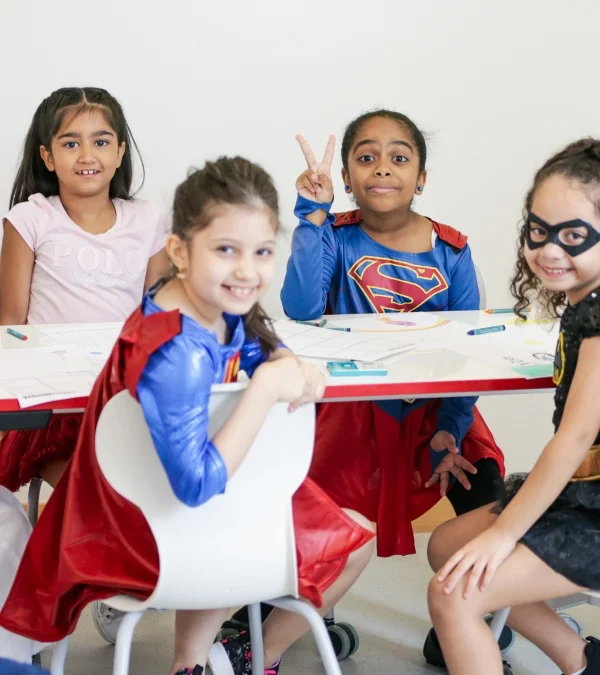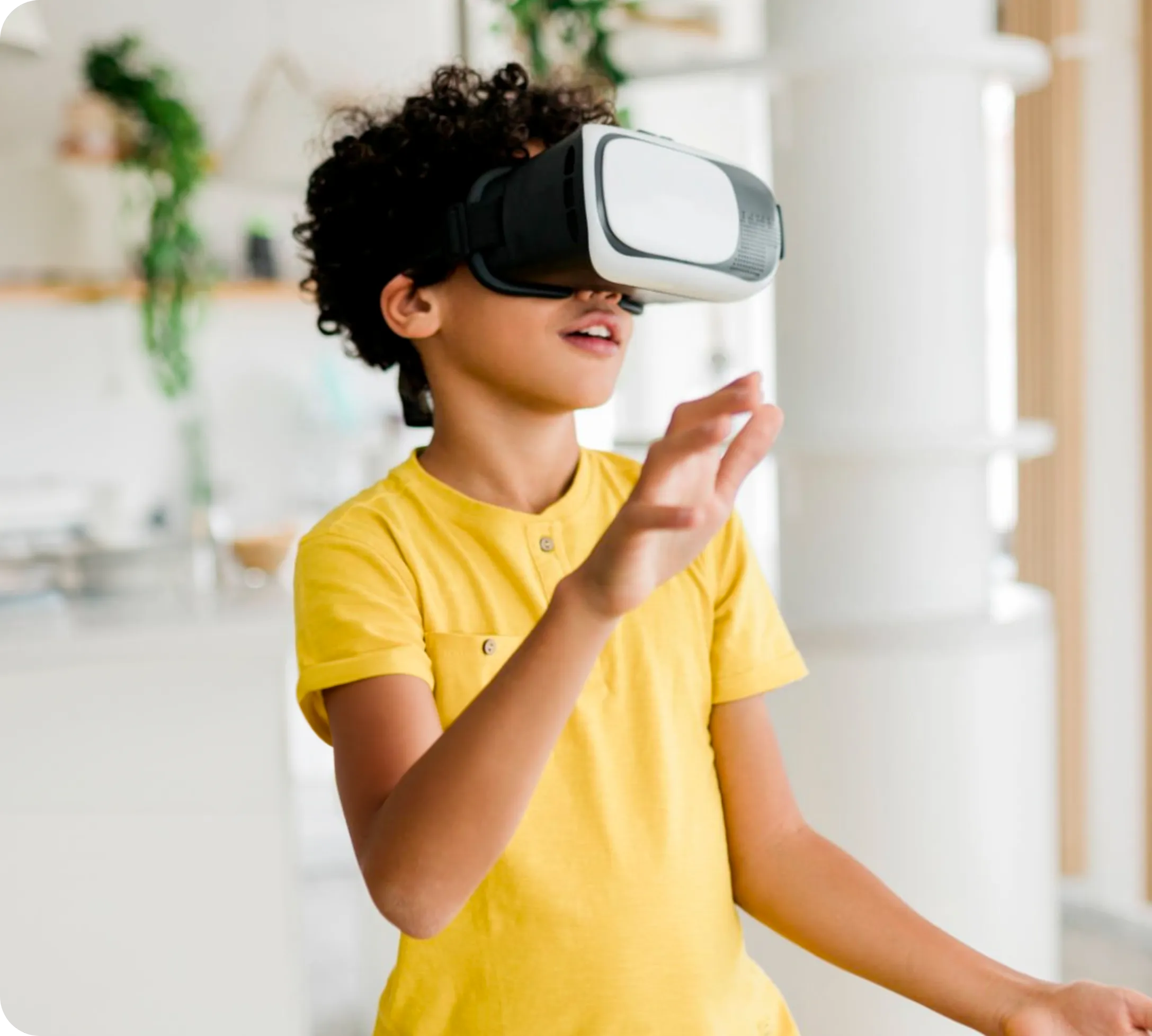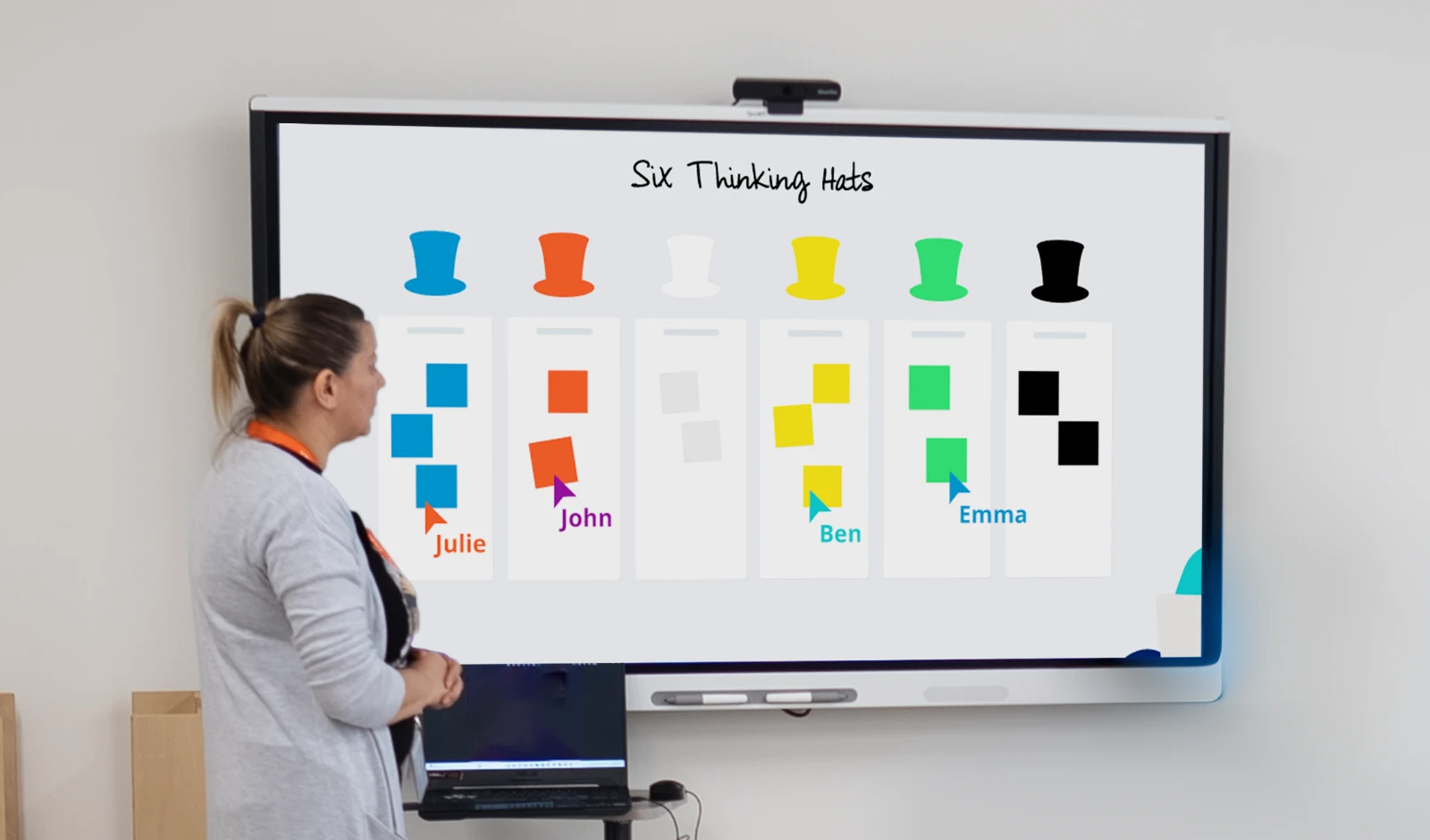
Innovation at Citizens School
The ability to innovate is not just an advantage; it is a necessity. At Citizens School, we meet this challenge head-on by integrating innovation skills into our curriculum, fostering creativity and adaptability in our learners. By thinking laterally and exploring new ideas, we aim to create a culture where creative thinking thrives. This process begins with equipping our mentors with the tools they need to allow children the freedom to experiment and take risks.
Providing opportunities for creativity leads to ideas or inventions, which can then be developed into innovations. Through projects, prototypes, or new methods, students’ inventive activities bridge the gap between imagination and practical application. These inventions then become the foundation for broader innovations, influencing how we solve problems, improve processes, and enhance everyday life.
We encourage our teachers, who we call mentors, to incorporate creativity into the classroom. I recently ran an innovation workshop highlighting a range of creativity tools, specifically focusing on De Bono’s Six Thinking Hats and Design Thinking. Both methods adopt a human-centered, empathetic approach to problem-solving, crucial for developing emotional intelligence and diverse perspectives.
The mentors were split into groups and given a challenge to solve. Each member was given a hat, representing a different mode of thinking: factual (White Hat), emotional (Red Hat), critical (Black Hat), positive (Yellow Hat), creative (Green Hat), and managerial (Blue Hat). When employed in the classroom, this technique enhances learners’ ability to think comprehensively and collaboratively, enabling them to address complex problems by considering multiple perspectives. It also develops their ability to switch thinking styles, improving cognitive flexibility and teamwork.
Design thinking incorporates the stages of empathising, defining, ideating, prototyping, and testing. It encourages learners to understand user needs deeply, fostering empathy and promoting innovative solutions tailored to real-world problems. This iterative process develops resilience and adaptability, reacting to feedback and continuously improving ideas.
Understanding the balance between innovation and consolidation is critical, as illustrated in Clayton Christensen’s “The Innovator’s Dilemma.” This concept teaches that while it is essential to pursue groundbreaking innovations, it is equally important to consolidate and strengthen the existing systems. Schools must decide when to innovate, stay ahead and when to consolidate to maintain stability. By recognising the right moments to embrace disruptive changes and to reinforce current practices, educators can create a balanced environment that nurtures sustained growth and innovation. This delicate balance ensures that educational institutions remain dynamic and forward-thinking while providing a stable foundation for student development.
The innovation workshop was the first in a series of professional development sessions to ensure that we deliver on our promise to ‘Reimagine Education’. We are committed to integrating cutting-edge technologies and fostering a culture of continuous innovation to prepare our students for the challenges of the future. This dedication to technological advancement and innovative practices ensures that our learners are ready to face the future and equipped to shape it.
By Dr. Terry McAdams
Vice Principal

